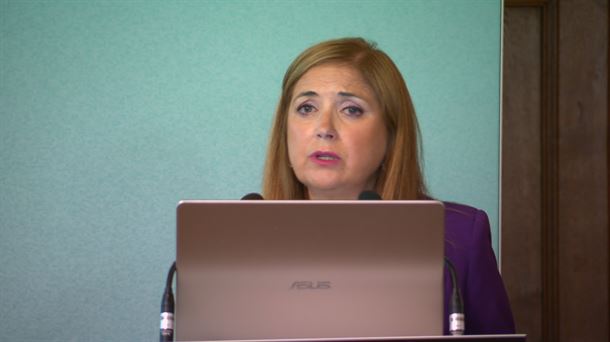“The pandemic effect is over.” That is what Environment Minister Leonore Gewessler (Greens) says about greenhouse gas emissions. The short-term forecast “Nowcast”, published by the Federal Environment Agency, shows: In 2021 there was an increase of 4.8 percent. According to preliminary figures, 77.1 million tons of greenhouse gases were emitted last year. According to the Ministry of the Environment, there is still a “significant reduction trend” to be observed.
According to the forecast, emissions in the transport sector fell by ten percent over the same period. “We need to continue to massively increase our efforts,” Gewessler said. Compared to the time before the pandemic, there is a decline. The minister: “We have already taken many measures, but it is absolutely clear that more is needed for a good and climate-friendly future. Because emissions have to be reduced year after year.”
Several factors are responsible for the temporary result: The economic recovery after a sharp decline in 2020 played a role, measurable in the gross domestic product, which increased by about 4.5 percent. The weather in 2021 was significantly cooler, causing the number of heating degree days to increase by 12.5 percent compared to 2020.
As expected, emissions in the transport sector increased by 4.3 percent in 2021 compared to 2020 due to higher fuel sales. The ministry pointed out that there was a clear decline in the period before the pandemic. Compared to 2019, emissions have decreased by ten percent. For Gewessler, that was “satisfactory”.
Dependence on Russian gas still evident
The Environment Minister announced that she will also focus more on the economy, industry and energy – “with the Renewable Heat Act, the Renewable Expansion Act, the promotion campaign ‘Out of Oil and Gas’ or with the eco-social tax reform.” Production and power generation, which are allocated to emissions trading, saw a sharp increase in emissions in 2021. And by about 6.2 percent.
“In industry and domestic electricity production, the dependence on oil and gas, especially from Russia, is still very evident. That is why by 2030 we will be able to cover our electricity needs for 100 percent from wind, sun, water and biomass and also switch our heat supply in Austria to climate-friendly alternatives,” says Gewessler.
In the construction sector, the significantly higher number of heating degree days and the associated consumption of heating oil and natural gas resulted in an increase in emissions of 11.3 percent. According to Gewessler, the dependence on fossil fuels is also very noticeable in this area. “Every gas stove we get rid of helps reduce consumption and our dependence.”
Emissions in agriculture at a similar level
According to preliminary figures, emissions from agriculture in 2021 only remained at comparable levels to 2020. The declining trends of recent years in waste management and in fluorinated greenhouse gases (F-gases) will continue in 2021. Overall, the provisional figures for the economic sectors not covered by European emissions trading show emissions of approximately 48.4 million tonnes of CO2 equivalent in 2021. That is 0.4 million tonnes below the maximum for 2021.
Source: Krone
I’m an experienced news author and editor based in New York City. I specialize in covering healthcare news stories for Today Times Live, helping to keep readers informed on the latest developments related to the industry. I have a deep understanding of medical topics, including emerging treatments and drugs, the changing laws that regulate healthcare providers, and other matters that affect public health.


